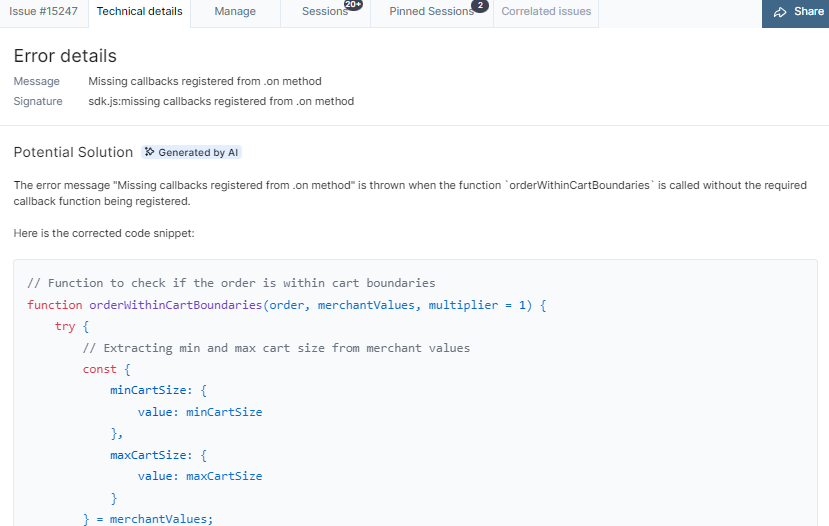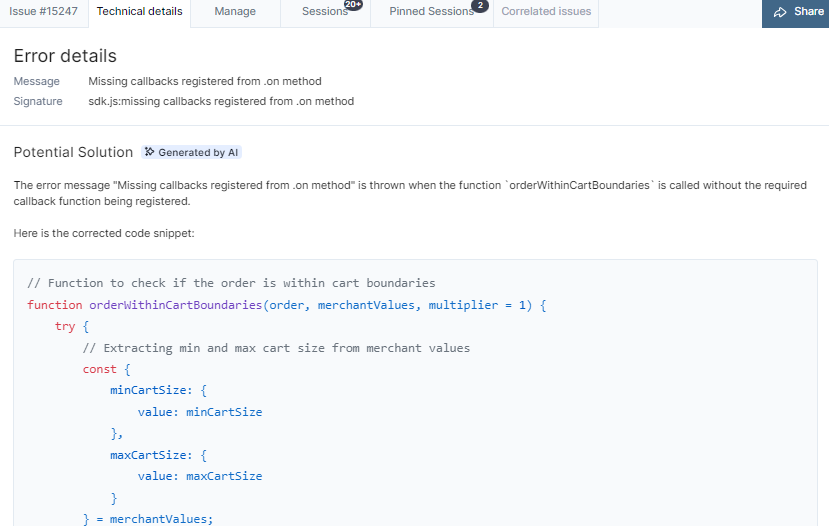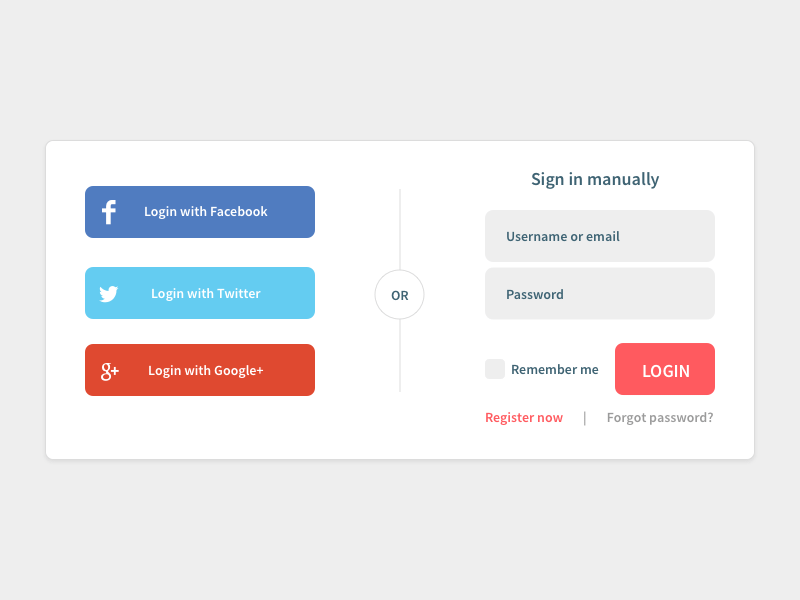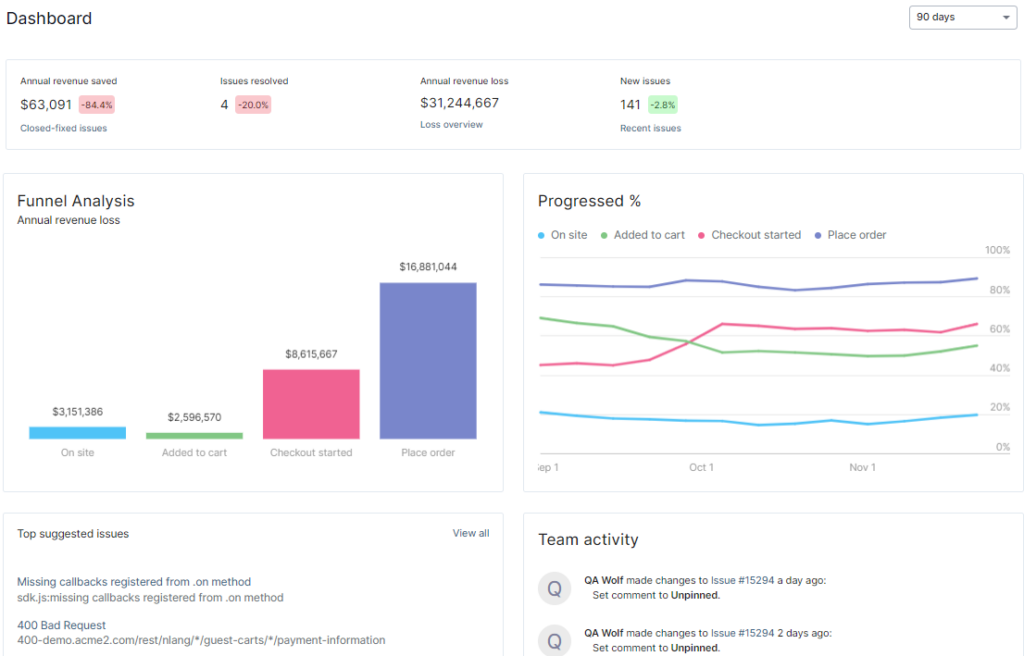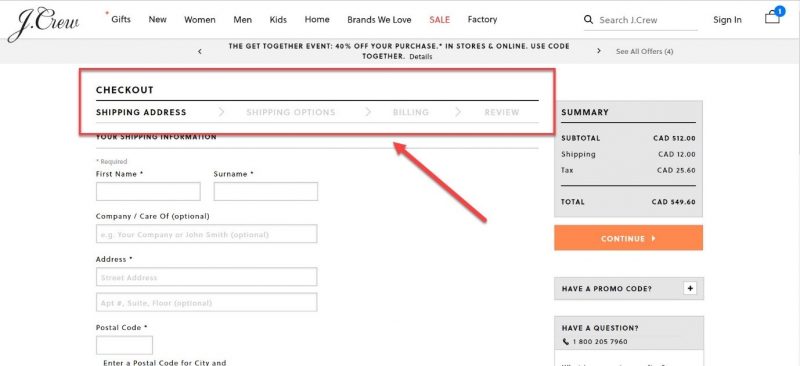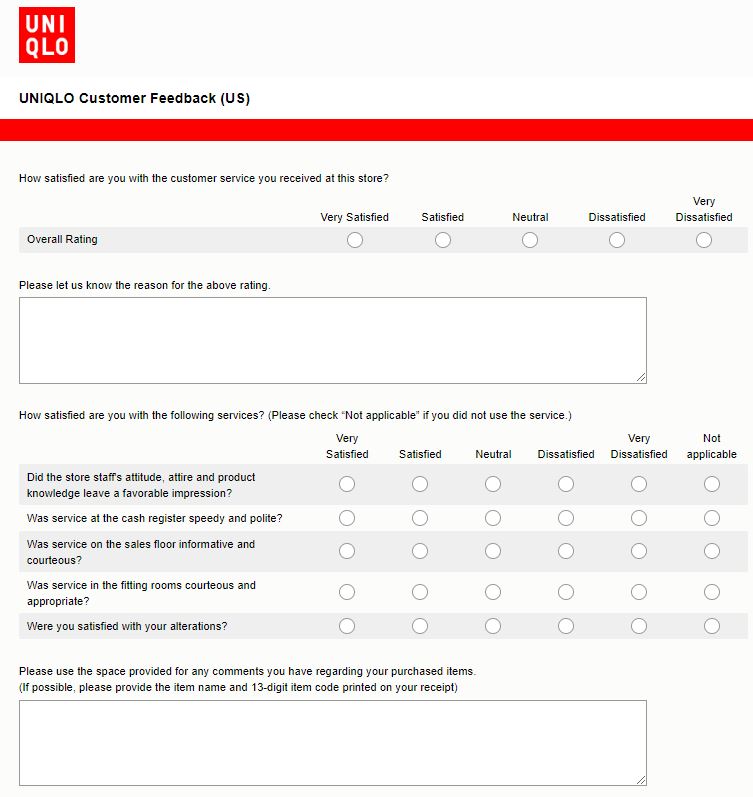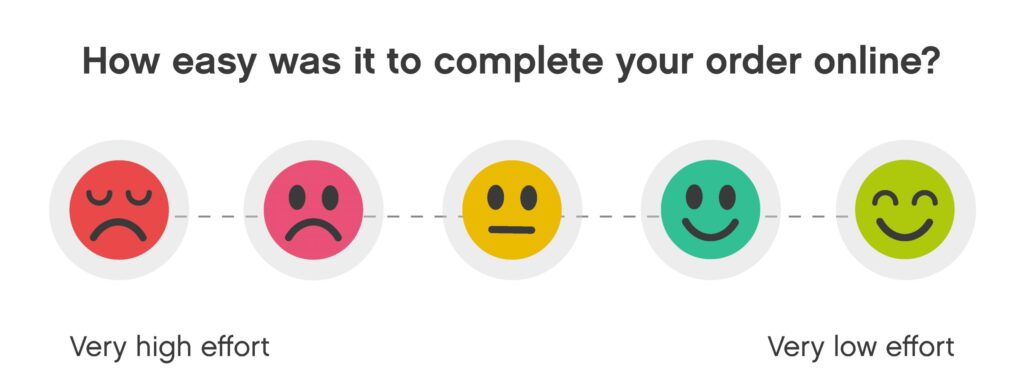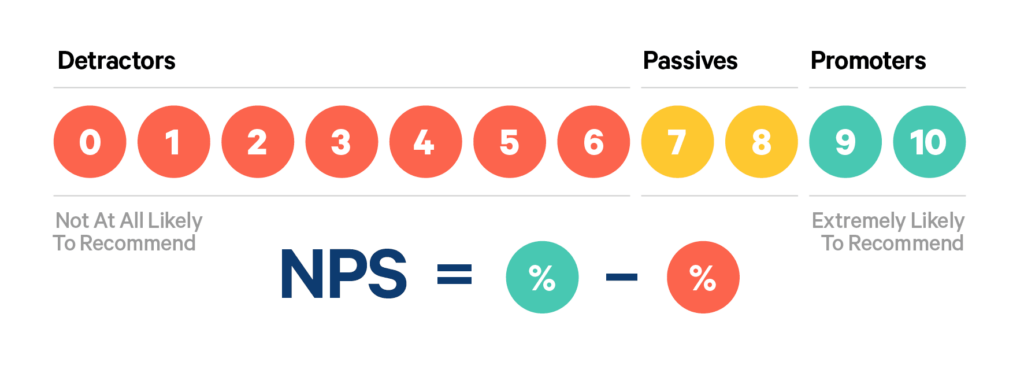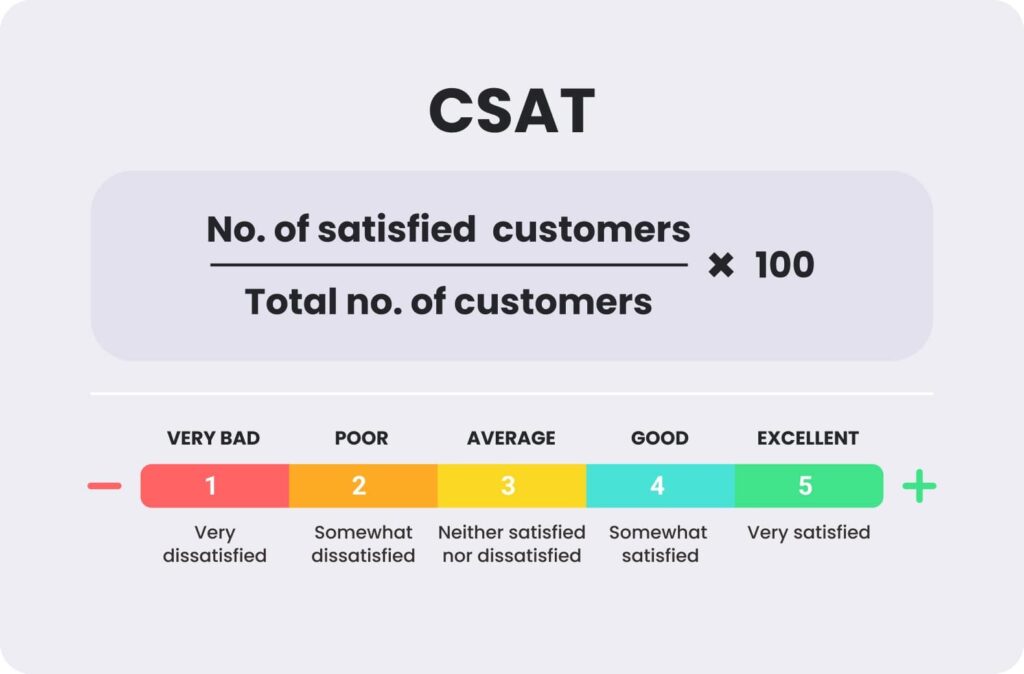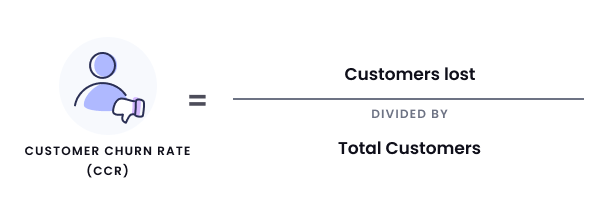When is the right time to replatform your eCommerce website? How can you do it effectively?
We’ll get to all those questions and much more.
On the latest episode of The eCommerce Toolbox: Expert Perspectives podcast, host Kailin Noivo is joined by Jorge Ramirez, former Global Head of eCommerce and Digital Marketing at Joma Sport. Together, they delve into the topic of replatforming in eCommerce, including when, why, and how to replatform for effective business growth, how to choose the perfect platform for your business, and key factors to consider when optimizing customer experience.
What Is eCommerce Replatforming?
So, you’ve swapped out parts of your website or switched some eCommerce platforms you’ve been using, and voila, replatforming.
No, it doesn’t work that way.
The process is much more global than you might think, as it requires a complete overhaul, integrating new systems while carefully removing the old ones, all without interrupting business continuity. Jorge highlights the necessity of considering various operational tools in the replatforming, like ERP and product information management systems, to ensure a seamless transition.
When and Why Should You Consider Replatforming?
When is the right time to replatform?
According to Jorge, the decision relies on a thorough understanding of your current challenges and future aspirations.
It’s about recognizing when existing technology becomes more of a hurdle than a help, possibly limiting expansion into new markets or diminishing operational efficiency.
Just don’t rush. Take a cautious approach to replatforming and don’t chase a one-size-fits-all solution. Instead, aim for a balanced approach that aligns with your company’s unique rhythm and goals.

How to Replatform
Choosing the right platform is similar to unlocking a treasure chest of potential.
It’s not about finding a universal solution but identifying a platform that resonates with your specific needs.
Jorge stresses the importance of a meticulous benchmarking process to weigh various platforms’ functionalities against your project requirements.
When picking a technology, consider how it can enhance customer interactions, not just its scalability. Features like omnichannel capabilities, CRM, and AI are essential for providing efficient and thorough customer service.
The Role of KPIs and Customer Experience
Let KPIs guide your eCommerce replatforming process.
A platform’s success can’t be dissociated from clear, realistic goals, whether they’re financially oriented or focused on enhancing user experience.

At the same time, Jorge cautions against viewing replatforming as a panacea for all digital issues, especially since new challenges will most likely arise post-transition. The journey of eCommerce replatforming is a journey that requires careful planning, strategic foresight, and an unwavering focus on both business goals and customer satisfaction.
Moreover, it’s a path marked by the recognition that technology serves not only the present but also paves the way for future growth and innovation.
Want to learn more?
Listen to the Full Episode Below!
Tune in to this episode of The eCommerce Toolbox: Expert Perspectives with Jorge Ramirez to learn more about replatforming in eCommerce.
👉 Apple: https://apple.co/49Mu1ek
👉 Spotify: https://spoti.fi/43hH0Cz
Jorge Ramirez is the former Global Head of eCommerce and Digital Marketing at Joma Sport and a Master’s Professor in FDI at IED Madrid. He’s a digital business expert with 9 years of experience in project transformation and implementation of digital strategies at a global level. Jorge thrives in fast-paced, dynamic environments and has a successful track record of exponential business growth through digital transformation initiatives.



